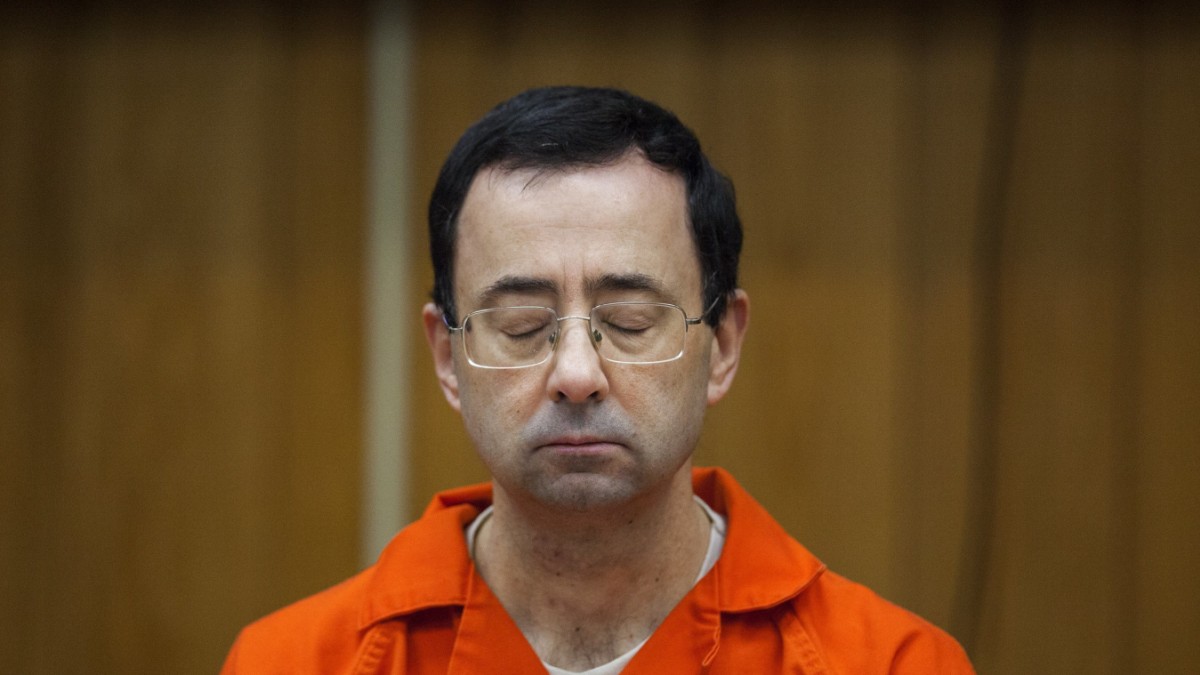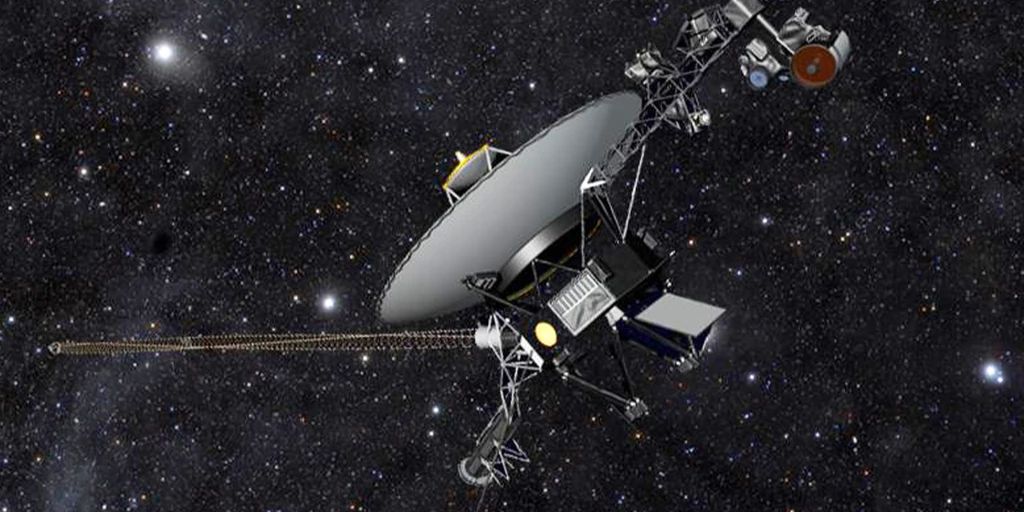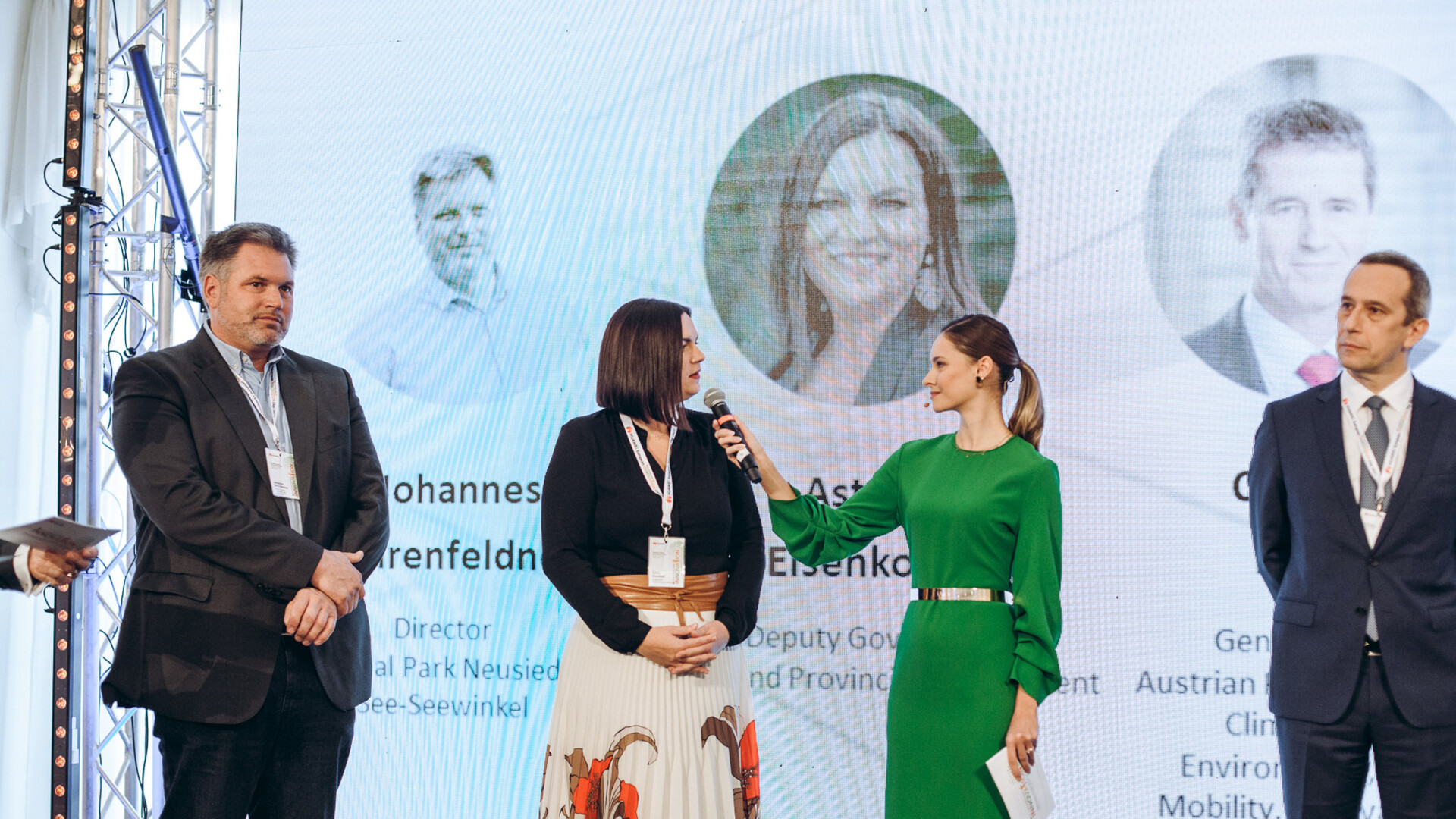At Neusiedler See – Seewinkel National Park, smart technologies and artificial intelligence are now used to research biodiversity in the reed belt of Lake Neusiedl and to derive appropriate protective measures from the results. The project partners are the University of Vienna, the NGO Rainforest Connection (RFCx), and Huawei Austria.
70 voice storage devices
The Neusiedler See is not only the largest lake in Austria, it is also home to very special flora and fauna. In the context of the project, the short- and long-term effects of fluctuating water levels on the breeding of bird species as well as the importance of the reed belt to the animal world throughout the year are investigated. Researchers are also looking at how different weather conditions affect the birds’ singing activity.
For the project, more than 70 devices were set up in the reed belt to record background noise. Some devices save recordings for subsequent evaluations, others are connected directly to the cellular network. Data travels over the cellular network. This quick and weak procedure not only saves researchers a lot of time, but also does not affect the habitat of the animals. In addition, the devices, known as guardians, are creating a whole new dimension in research by being able to continuously collect data at different locations in the reed belt at the same time and regardless of the weather or time of day.
Bird calls over the cellular network
Willy Song, President of Huawei Technologies in the Czech Republic, Austria and Slovakia, explains the technology in detail: “The biggest advantage is that the sounds of birds and amphibians can be transmitted over the cellular network, saving a lot of time and time for scientists. In addition, it is difficult to minimize impacts on animals. In addition, it is difficult It is very important for researchers in this particular field to have access to the studies.”
The project can improve the balance between the management of the reed belt and the protection of the environment as well as the ecosystem of the area for humans and animals. “With the help of the knowledge we have gained, we can devise measures to combat climate change,” explains Johannes Ehrenfeldner, director of the national park.
“The changing hydrological dynamics of the lake are expected to influence not only the state of the reed belt, but also its biodiversity,” adds Christian H. Schulze, from the Department of Botany and Biodiversity Research at the University of Vienna. Also, Astrid Eisenkopf, Deputy Governor of Burgenland County hopes to gain new insights into environmental protection and biodiversity, which will help keep the area in good condition for residents.

“Alcohol buff. Troublemaker. Introvert. Student. Social media lover. Web ninja. Bacon fan. Reader.”





More Stories
Principles and features of the folk nutritional principle
Science: The percentage of women in mint topics rises to a third
Newly appointed Science, Research and Innovation Council